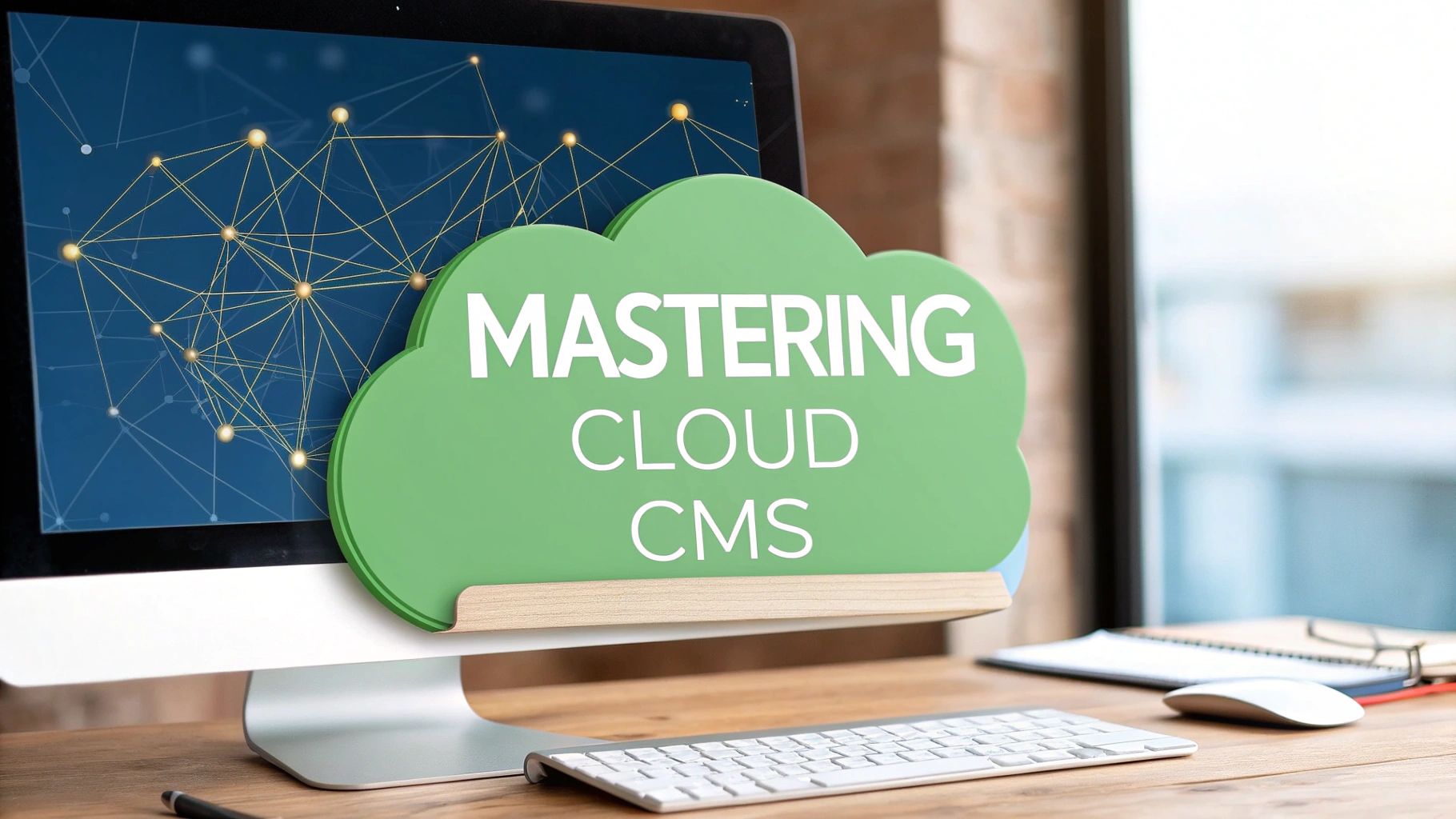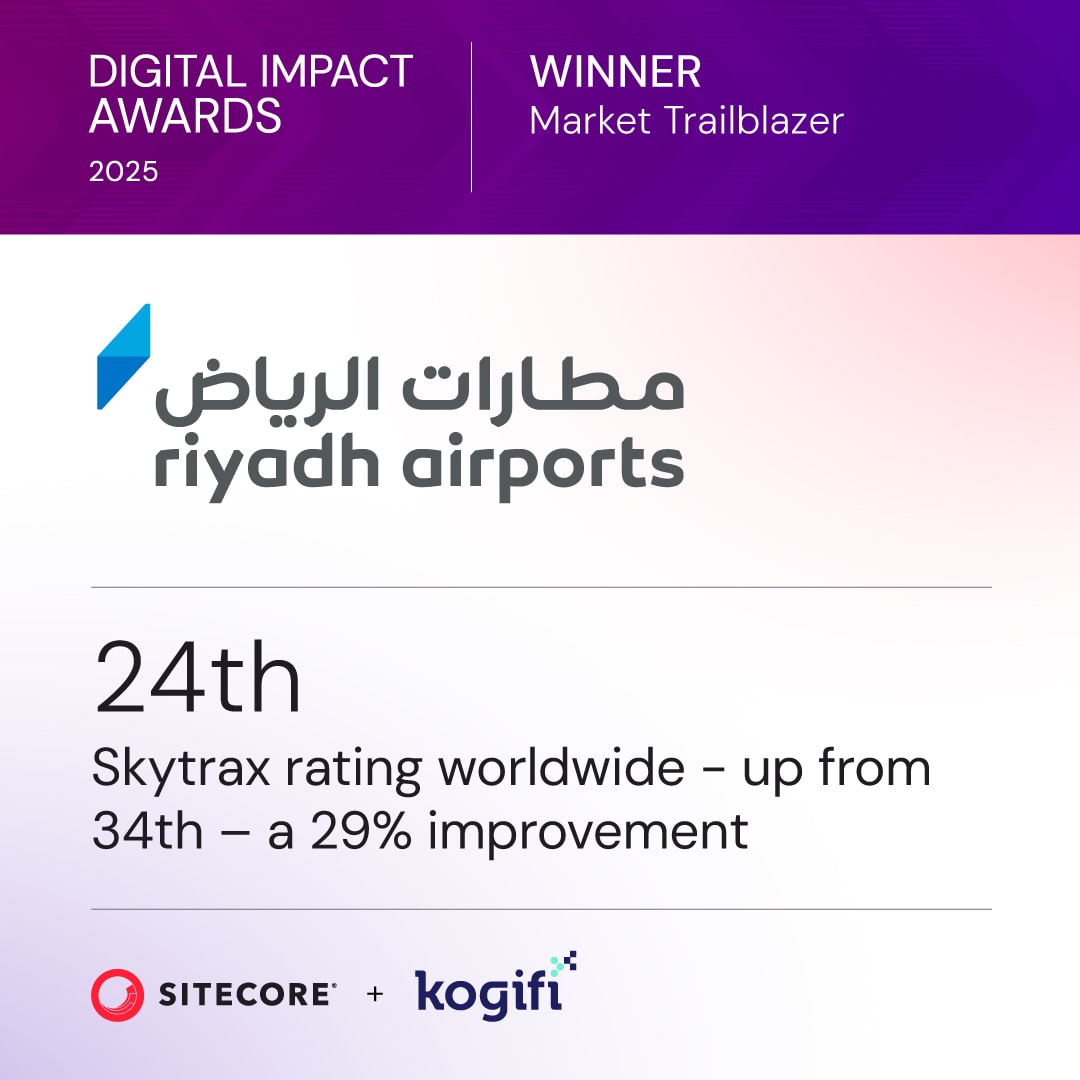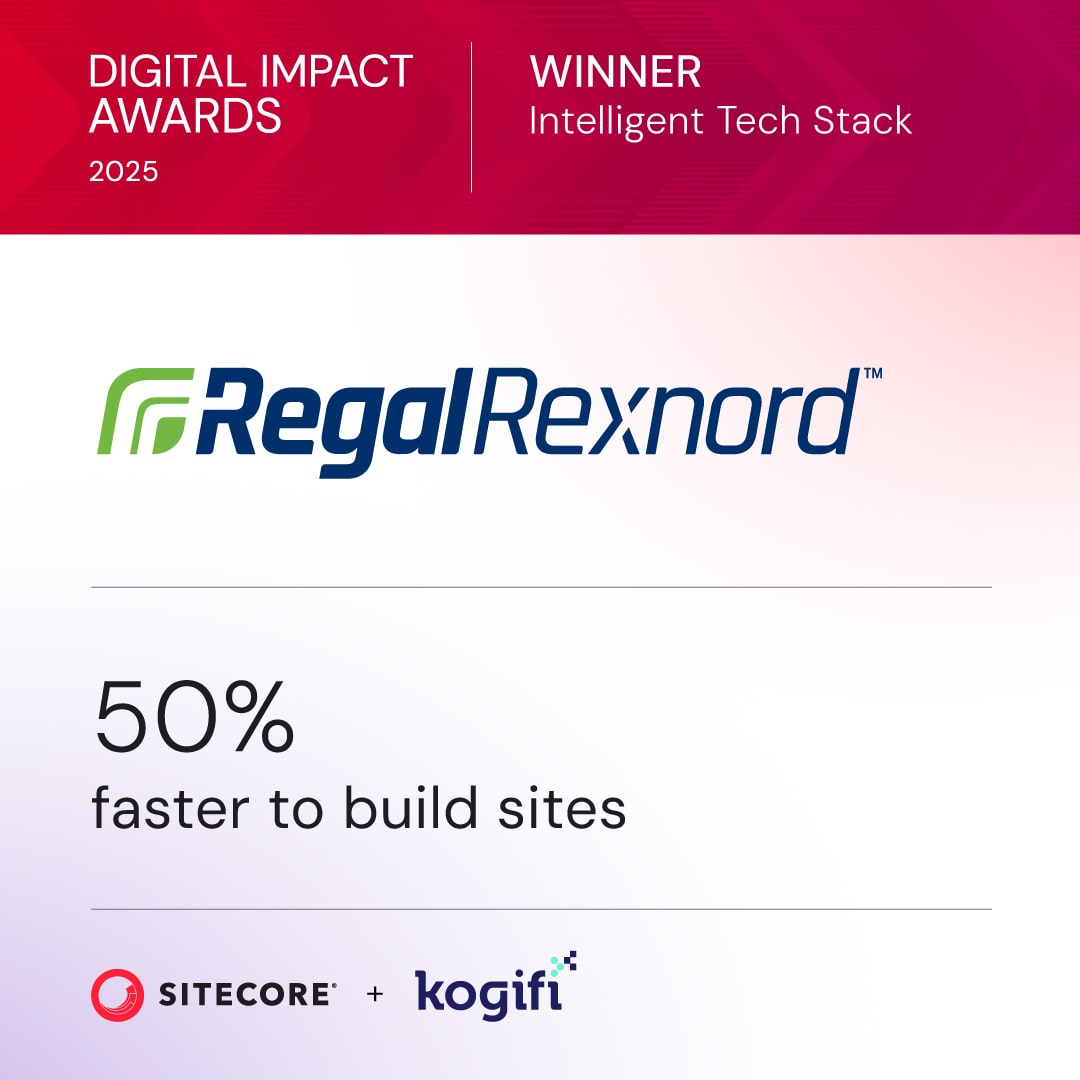Managing compliance across multiple cloud platforms is a growing challenge for businesses. AI offers a solution by automating compliance monitoring, detecting risks, and reducing manual workloads. Here's what you need to know:
- Why it matters: Over 90% of enterprises use multiple cloud environments, making compliance complex. Failing to meet regulations can lead to fines, security issues, and reputational damage.
- Key challenges: Fragmented visibility, inconsistent metrics, and alert overload (59% of security teams handle 500+ alerts daily).
- How AI helps: AI automates threat detection, user behavior analysis, and compliance checks, improving accuracy and efficiency.
- Real-world examples: AI has flagged GDPR violations during data migrations and detected unusual privileged account activity.
- Top features: Automated checks for frameworks like GDPR and HIPAA, real-time dashboards, and audit-ready reporting.
AI transforms compliance into a streamlined process, helping businesses maintain security and meet regulations in complex multi-cloud environments.
Migrating from “Tick Box" Compliance to Automating GRC in a Multi-Cloud World
How AI Improves Multi-Cloud Compliance
AI is reshaping how organizations monitor compliance in multi-cloud environments by tackling challenges that traditional methods struggle to manage. Instead of overburdening security teams with countless daily alerts, AI sifts through patterns, connects events across platforms, and pinpoints actual threats. This proactive shift transforms how businesses maintain compliance across diverse cloud systems. Let’s dive into how AI strengthens risk assessment, user analytics, and workload trust management.
Automated Risk Assessment and Anomaly Detection
AI-powered anomaly detection has changed the game for compliance monitoring. By using machine learning and analyzing historical, contextual, and real-time data, AI adapts far beyond the rigid capabilities of traditional rule-based systems. The results? A 59% drop in false positives and a 30% increase in spotting real issues. AI creates behavioral profiles for every identity - whether human or machine - spotting unusual activity and flagging potential risks.
"Where legacy systems fail, AI models succeed at offering real-time insights into deviations, thus making proactive identification and remediation a possibility." - Motadata
This isn’t just theory; real-world cases highlight AI’s impact. Take a European retailer operating in both GCP and AWS. During a routine migration, customer data began flowing to a storage bucket outside the EU, violating GDPR data residency rules. AI-powered anomaly detection flagged the issue, allowing the company to quickly reroute the data and avoid penalties.
Another example involves a company using automated DevOps pipelines. A privileged access account suddenly began modifying identity and access policies - an unusual activity outside its normal deployment schedule. Thanks to AI models, this anomaly was flagged immediately, prompting a swift investigation by the security team.
But AI’s role doesn’t stop at anomaly detection. It also excels at analyzing user behavior for deeper insights into compliance risks.
User Behavior Analytics (UBA)
AI-driven User Behavior Analytics (UBA) takes compliance monitoring to the next level by identifying patterns that could signal security breaches, data theft, or other threats. Unlike basic rule-based systems, AI-powered UBA processes massive datasets to deliver actionable insights, helping organizations stay ahead of risks and meet regulatory standards.
These systems build detailed behavioral baselines across multi-cloud environments, tracking normal user activity and spotting deviations that might indicate compliance violations. By using techniques like behavioral baselining, contextual data analysis, and dynamic thresholds, AI minimizes false positives and focuses on genuine threats.
For example, AI can analyze user interactions across different cloud platforms to ensure activities align with established security policies. To make the most of UBA, organizations need to set clear security goals, integrate AI solutions with existing tools like SIEM/SOAR, and regularly refine their behavioral models. Starting with a baseline for each cloud environment allows teams to quickly detect and address compliance issues.
Beyond user analytics, AI also strengthens security by continuously evaluating workload trust.
Workload Trust Management
AI simplifies workload trust management by assessing and securing workloads across multi-cloud setups. By processing vast amounts of data, detecting irregularities, and enforcing policies in real time, AI ensures that only trusted resources gain access, helping companies maintain compliance without compromising security.
The benefits are clear: AI-driven systems have reduced incident response times by 47%, allowing teams to act faster on critical issues. These systems evaluate workloads based on factors like data sensitivity, asset importance, and historical behavior. This prioritization helps security teams focus on what matters most.
One financial institution offers a strong example. By implementing an AI-based threat detection system, it monitored transaction patterns across its multi-cloud infrastructure. The system accurately identified fraudulent activities, reduced false positives, and enabled rapid responses. AI also ensures seamless coordination between cloud providers, keeping trust policies consistent while adapting to the unique demands of each platform.
AI’s ability to streamline compliance monitoring, analyze user behavior, and secure workloads makes it an essential tool for navigating the complexities of multi-cloud environments.
Key Features of AI-Powered Multi-Cloud Compliance Tools
AI-powered compliance tools are transforming how organizations approach regulatory challenges. These tools simplify monitoring, ensuring compliance is no longer a reactive headache but a proactive, manageable process. Below are the key capabilities that distinguish effective compliance tools from the rest.
Automated Compliance Checks for Regulatory Frameworks
One of the standout features of AI-driven compliance tools is their ability to automate checks across multiple regulatory frameworks. These systems continuously monitor cloud resources, enforcing policies and flagging any deviations in real time. Instead of manually combing through requirements, AI algorithms sift through vast datasets to spot anomalies and compliance violations as they occur.
These tools are versatile, handling frameworks like HIPAA, GDPR, SOC 2, and PCI DSS with ease. This flexibility is critical, especially since nearly 70% of service organizations must juggle compliance with at least six different regulatory mandates.
AI goes a step further by interpreting complex regulations and mapping them to internal controls. When security policies fall short of regulatory requirements, the system identifies gaps and suggests fixes before violations arise. It also automatically discovers and tracks IT assets, ensuring all endpoints meet compliance standards.
"Organizations are facing a growing number of mandates, and audit readiness is more critical than ever. Yet many struggle with complex regulations, limited staff, tight budgets, and manual processes - making compliance costly and error-prone", - Sumedh Thakar, president and CEO of Qualys.
What sets AI apart is its ability to predict future compliance risks. By analyzing historical data and identifying patterns, these tools can recommend preventive measures to mitigate potential issues. This predictive edge shifts compliance management from reactive to proactive.
Real-time dashboards further enhance this process, offering a clear view of compliance across multi-cloud environments.
Real-Time Alerts and Dashboards
Real-time visibility is a game-changer for compliance monitoring in multi-cloud setups. AI-powered dashboards consolidate data from various cloud providers, giving organizations a unified view of their compliance status. This centralized approach eliminates the fragmented monitoring typical in multi-cloud environments.
The value of real-time alerts lies in their immediacy. When performance metrics exceed set thresholds, these alerts notify administrators instantly, enabling quick action to prevent escalation. They monitor key metrics continuously, ensuring emerging issues are caught early.
Customization plays a crucial role here. Organizations should prioritize tools that allow tailored alert thresholds, workflows, and escalation processes. User-friendly interfaces with customizable dashboards ensure both technical teams and executives can quickly understand compliance statuses without wading through complex data.
While major cloud providers offer native monitoring features, they often fall short in multi-cloud environments. AI-powered tools bridge this gap, delivering the comprehensive oversight that traditional cloud-native solutions lack.
Beyond monitoring and alerts, these tools simplify the often-daunting audit process.
Audit-Ready Reporting and Evidence Collection
AI-powered tools take the stress out of audits by automating evidence collection and generating compliant reports. They compile essential documentation - logs, control reports, and remediation records - saving significant time during audits. Some organizations have seen audit failure rates drop by up to 95% and audit costs cut in half using these tools.
But it doesn’t stop at report generation. These tools continuously monitor environments, offering actionable insights that improve both efficiency and security. They integrate seamlessly with existing security systems, including cloud security tools, endpoint detection platforms, and policy management systems.
This proactive approach eliminates the last-minute rush that often accompanies audit preparation.
"Integrating Qualys Policy Audit into our workflows has transformed how we manage compliance. The seamless collaboration between teams, combined with real-time visibility across multiple mandates, has streamlined our operations and enabled proactive risk management. It's a game-changer for audit readiness", - Sandeep Khanna, CISO at UIDAI (Unique Identification Authority of India).
When selecting AI-powered compliance tools, look for features like automated compliance checks, support for multiple frameworks, real-time alerts, remediation guidance, integration with CI/CD pipelines, audit-ready reporting, and compatibility with various cloud providers. Together, these capabilities create a robust compliance system that reduces manual workloads and scales with organizational needs.
sbb-itb-91124b2
Best Practices for AI-Driven Compliance Monitoring
Effective AI-driven compliance monitoring relies on continuous oversight, centralized policy control, and smart dashboards, shifting compliance efforts from reactive to proactive strategies.
Continuous Monitoring vs. Point-in-Time Assessments
Traditional compliance checks often focus on periodic assessments, but these point-in-time evaluations can leave critical gaps. Continuous monitoring closes these gaps by providing real-time visibility into compliance across all cloud environments.
To build a strong continuous monitoring framework, start by establishing clear security baselines. These baselines define standards for visibility, risk, and security, serving as the backbone for all monitoring activities.
Real-time scanning and machine learning-powered alerts offer comprehensive visibility, preventing unauthorized activities like "Shadow AI". Companies such as Motadata have developed AI-driven solutions that scan cloud environments in real time, quickly identifying high-risk anomalies.
AI-powered behavioral threat detection is another key tool. This approach identifies deviations from normal operations, enabling organizations to detect zero-day vulnerabilities proactively instead of waiting for known threats to emerge.
While continuous monitoring addresses visibility challenges, centralized policy management ensures consistent enforcement across various platforms.
Centralized Policy Management Across Clouds
Managing compliance across multiple cloud platforms without a unified approach can result in fragmented security and increased risk of human error. Multi-cloud environments are common, yet many assets still lack agent-based solutions. This highlights the importance of centralized policy management.
Centralized policy management allows administrators to create, modify, and distribute policies from a single location. This ensures consistent security enforcement, reducing the chances of configuration errors. For many organizations, managing compliance across diverse platforms feels like assembling a puzzle with mismatched pieces. By establishing baseline configurations - such as encryption standards, IAM policies, and uniform firewall settings - companies can apply these standards consistently across all cloud platforms.
Automated systems further streamline policy management by rapidly deploying updates to reflect new regulatory requirements. This reduces the likelihood of errors and ensures consistent implementation. Regular audits remain critical, as they help identify gaps and support corrective actions.
"Centralized key management is not simply a security solution - it's a strategic necessity for organizations scaling in the multi-cloud world." - eMudhra Limited
The reporting and auditing features of centralized systems also provide clear visibility into policy enforcement, enabling comprehensive risk assessments across all cloud environments.
Dynamic Dashboards and Natural Language Processing
To complement monitoring and policy standardization, user-friendly dashboards and natural language processing (NLP) tools make compliance insights accessible to everyone. Dashboards that translate technical data into actionable insights are essential for both technical teams and executives.
NLP allows non-technical users to query compliance data using plain language, eliminating the need for specialized technical expertise. This makes it easier for compliance officers, executives, and stakeholders to access the information they need. Additionally, AI-powered dashboards can process unstructured data - such as logs, reports, and documentation - extracting relevant insights with ease.
Collaborative frameworks further enhance data insights. Customizable dashboards enable technical teams to dive deep into logs while giving executives a high-level overview of key metrics, improving overall data management.
The visualization tools in AI-driven dashboards turn raw compliance data into clear, intuitive visuals, helping organizations manage risks and make timely decisions. To maximize these benefits, companies should establish strong data classification strategies and invest in training to handle unstructured data effectively.
Kogifi's Multi-Cloud Compliance and AI Solutions

Kogifi uses its expertise in digital experience and content management systems (CMS) to tackle the challenges of multi-cloud compliance. With a strong grasp of platforms like Sitecore, Adobe Experience Manager, and SharePoint, the company addresses the complexities of managing digital content across diverse cloud environments. By incorporating AI-driven insights, Kogifi fine-tunes compliance monitoring at every level.
Their approach covers everything from initial audits to ongoing monitoring, ensuring organizations remain compliant across multiple cloud platforms. With offices in the USA, Saudi Arabia, the UK, Scandinavia, and the EU, Kogifi is equipped to help clients navigate the varied regulatory requirements of different regions. This global reach enables them to offer tailored solutions and continuous support for organizations facing multi-cloud compliance challenges.
"At Kogifi, we offer a comprehensive range of services tailored to meet your specific needs. From audit and redesign to project delivery, 24/7 support, and outsourcing, our team is ready to collaborate with you to drive your digital success. Let us be your trusted partner on the path to digital transformation." - Kogifi
Tailored Compliance Solutions
Kogifi specializes in crafting compliance solutions that align with an organization’s unique platform architecture and regulatory obligations. Their services include platform implementations, upgrades, and detailed audits designed to uncover compliance gaps before they escalate into larger issues.
For example, organizations using Adobe Experience Manager benefit from Kogifi’s ability to optimize the platform's structured content features for compliance monitoring. A standout case study is Erie Insurance, which transitioned from outdated systems and manual processes to an integrated platform. By adopting Adobe Experience Manager Guides, Erie Insurance streamlined content management, improved efficiency, and ensured compliance. Features like metadata management enhanced content reuse, while automated workflows eliminated bottlenecks.
Kogifi’s migration expertise also ensures smooth transitions between platforms or the unification of multi-cloud environments, all while maintaining strict compliance standards.
Their AI personalization services add another layer of sophistication by blending compliance monitoring with personalized content delivery. This ensures adherence to data protection laws without compromising the user experience. This dual focus on compliance and performance sets Kogifi apart from traditional compliance-only approaches.
24/7 Support and Continuous Improvement
Kogifi strengthens its compliance solutions with round-the-clock support and a proactive improvement strategy. Their 24/7 support team is always on hand to address compliance threats, monitor platform performance, and respond to security alerts. When issues arise, they act quickly to implement fixes and restore compliance.
Their continuous improvement methodology ensures that compliance solutions evolve alongside shifting regulatory demands. Regular updates and security patches keep digital environments aligned with the latest requirements, avoiding the common problem of compliance drift that can occur when organizations rely solely on periodic assessments.
For mid-sized organizations, Kogifi’s model is particularly valuable. It provides enterprise-grade compliance capabilities without the need for large, in-house teams. Their outsourcing services, combined with ongoing upgrades and dedicated support, ensure swift issue resolution and sustained compliance.
In the event of a compliance breach, Kogifi’s team identifies the root cause, resolves the issue, and ensures systems are restored to a compliant state. They also maintain detailed audit trails to meet regulatory reporting standards.
Finally, their omnichannel strategies guarantee consistent compliance across all customer touchpoints - whether through web platforms, mobile apps, or third-party integrations. This comprehensive approach eliminates potential compliance gaps that could arise when managing multiple digital channels.
Conclusion
AI has reshaped multi-cloud compliance monitoring, turning what was once a reactive, manual process into a proactive, intelligent system that delivers measurable outcomes. In fact, integrating AI into cloud infrastructure management can lead to cost savings of up to 30%, all while reducing compliance risks. This shift is becoming increasingly important as regulatory changes grow more frequent, adding complexity to an already challenging compliance environment.
Beyond cutting costs, AI offers strategic advantages. For instance, AI-powered anomaly detection can help prevent GDPR violations by automatically rerouting data and initiating thorough reviews of affected data flows. It also excels at spotting suspicious activities that traditional systems might miss, immediately alerting security teams to high-risk anomalies - even when credentials appear valid.
One standout feature of AI in compliance management is real-time monitoring. Unlike older systems that rely on rigid "if-then" rules, AI systems continuously learn from historical activity, metadata, and live signals. This adaptive approach speeds up the detection, evaluation, and escalation of critical issues, while also ensuring that audit-ready documentation is always available. For organizations managing multi-cloud setups, AI introduces risk-based prioritization, enabling compliance teams to focus on the most pressing threats instead of wasting time on false positives. This capability is crucial, especially when 95% of enterprises express concerns about security risks tied to multi-cloud deployments.
AI-driven compliance monitoring has become more than just a tool - it's a necessity. As Aravind Nuthalapati from Microsoft puts it:
"AI in the multicloud is not optional - it's essential to thrive in the data-driven future".
FAQs
How does AI make compliance monitoring in multi-cloud environments faster and more effective than traditional methods?
AI is reshaping compliance monitoring in multi-cloud environments by introducing automated, real-time oversight of cloud resources. This shift eliminates the reliance on manual checks, allowing for faster identification of policy violations while reducing the chances of human error. With automation, monitoring becomes a continuous process, offering a level of efficiency that periodic audits simply can't match.
On top of that, AI strengthens security by assessing the integrity of workloads across different platforms. It ensures that access is granted only to workloads that meet compliance and security standards. These advancements help organizations manage complex cloud infrastructures more effectively, enabling quicker and more dependable compliance enforcement while saving valuable time and mitigating risks.
How is AI used to detect and resolve compliance issues in multi-cloud environments?
AI has become a game-changer in tackling compliance challenges within multi-cloud environments by sifting through massive amounts of data to spot irregularities. For instance, AI tools can keep an eye on user access patterns, pinpoint configuration errors, and highlight suspicious activities that might breach compliance rules. This proactive approach helps organizations stay ahead of potential risks.
On top of that, AI-driven tools simplify compliance reporting by automating the detection of policy violations and even recommending fixes. This approach not only ensures regulatory requirements are met but also cuts down on the time and effort usually spent on manual oversight. With AI in the mix, businesses can manage their multi-cloud environments securely and stay compliant with far greater ease.
What key features should AI-powered tools have to effectively manage compliance in multi-cloud environments?
AI-powered compliance tools designed for multi-cloud environments need to offer real-time monitoring. This means keeping a close eye on data usage, access permissions, and encryption standards across multiple cloud platforms. By doing so, organizations can ensure that their data remains secure and meets regulatory requirements.
These tools should also include automated detection and correction capabilities to spot and fix misconfigurations as they happen. This proactive approach helps address compliance issues quickly, minimizing potential risks.
Another essential feature is continuous security assessments, which provide ongoing evaluations of the security posture across all connected cloud services. Alongside this, tools must deliver clear visibility into these services, giving organizations the insights they need to manage compliance effectively. Together, these features enable businesses to navigate the challenges of multi-cloud setups while staying aligned with ever-changing regulations.








































